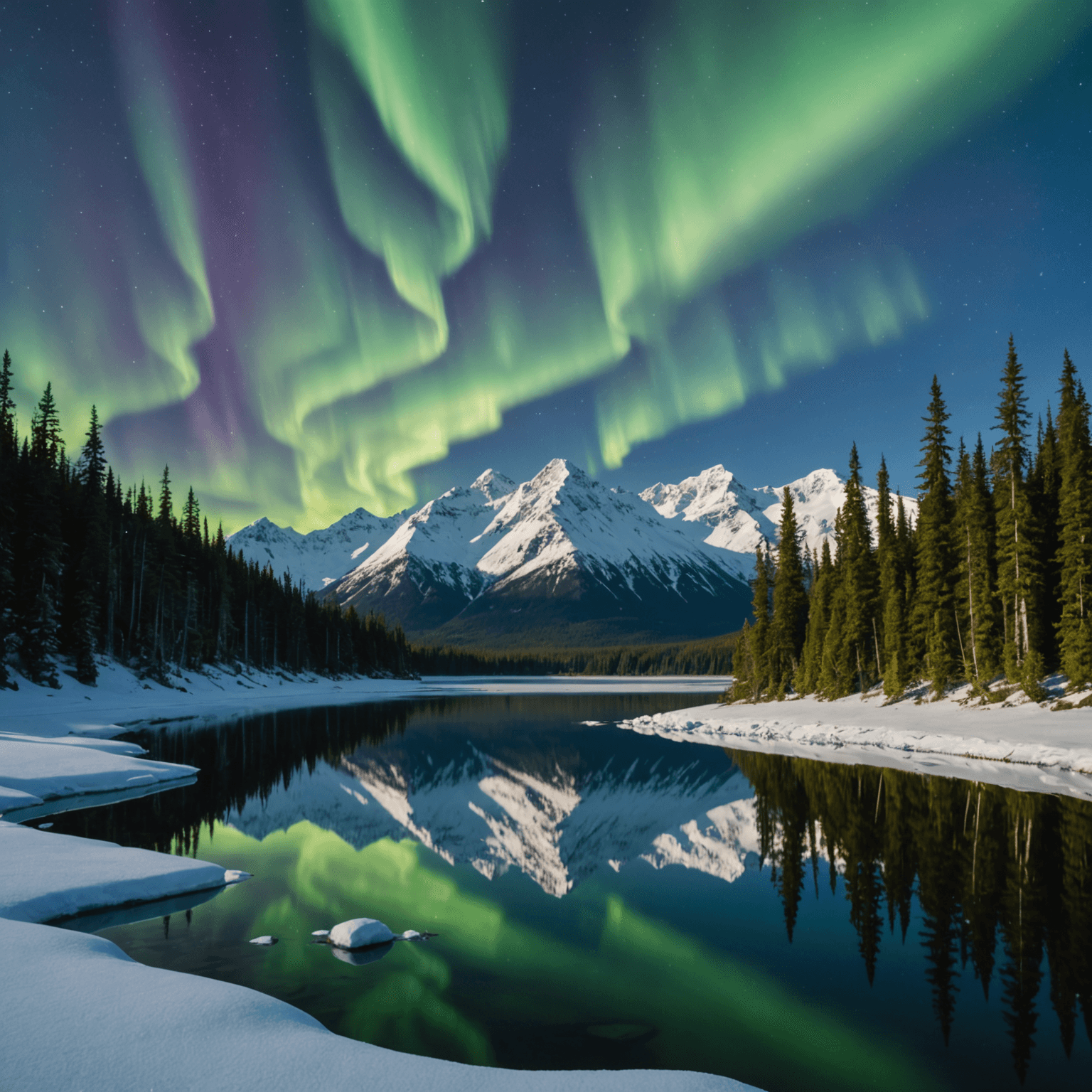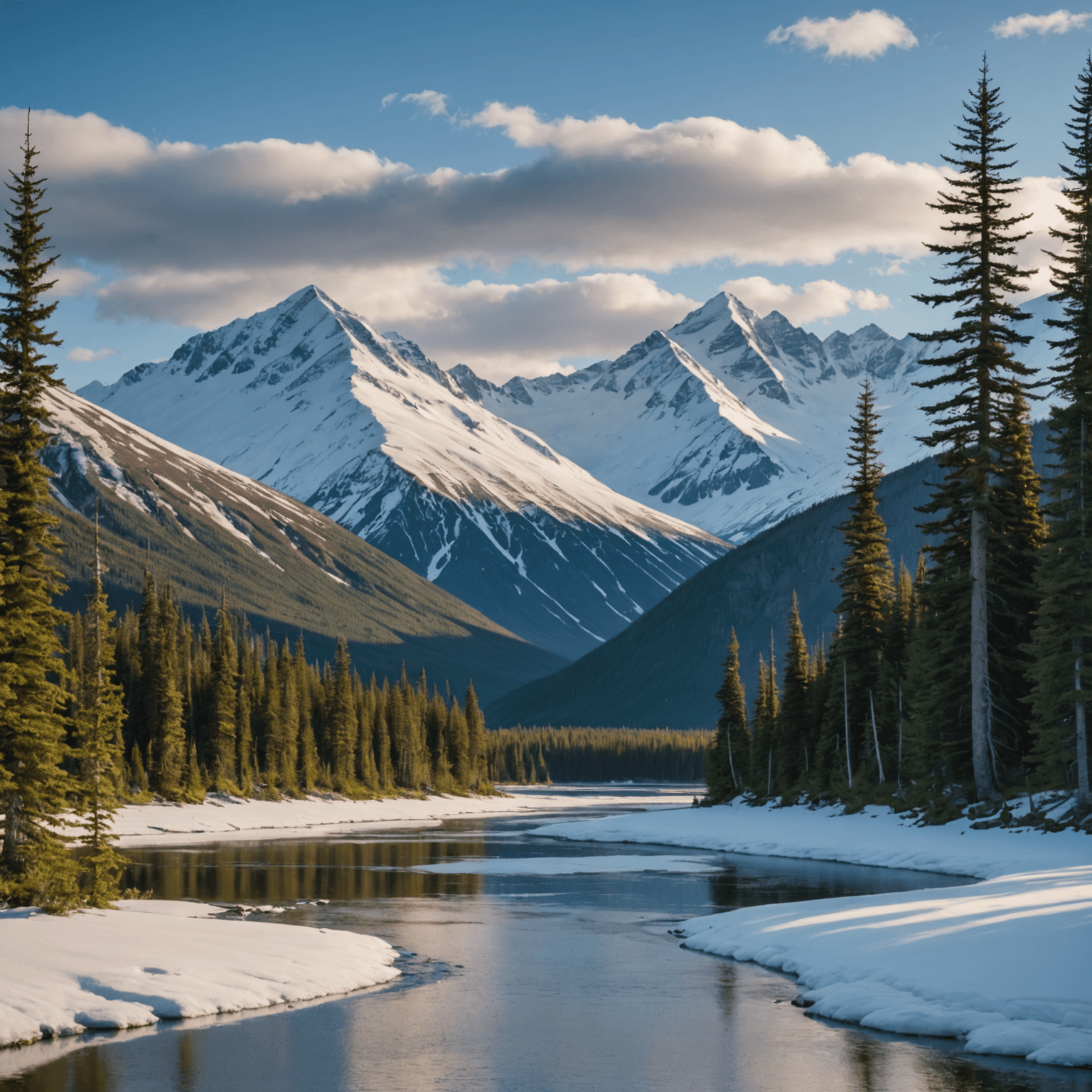Introduction
When traversing the pristine wilderness of Alaska, the chance encounter with a bear is both a thrilling and sobering possibility. For hikers, travelers, and wildlife enthusiasts, knowing the key differences between black bears and brown bears is essential for safety and appreciation of these majestic creatures. While these bears share some similarities, their differences are significant.
Physical Differences
Size and Weight
One of the most noticeable differences between black bears and brown bears is their size. Brown bears, often referred to as grizzlies in North America, are generally larger. Adult males can weigh between 400 to 790 pounds, with some Alaskan brown bears reaching up to 1,500 pounds. In contrast, black bears are typically smaller, weighing between 100 to 500 pounds.
Color Variations
Despite their names, black bears and brown bears exhibit a range of colors. Black bears can be black, brown, cinnamon, or even blonde. Brown bears, on the other hand, are usually brown but can range from light cream to almost black. It’s important not to rely solely on color when identifying these bears, as both species can surprise with their diverse coats.
Facial Features and Claws
Facial structure is another distinguishing factor. Brown bears have a more pronounced shoulder hump, a concave face, and longer claws which are well-suited for digging. Black bears have a straighter facial profile and shorter, curved claws designed for climbing trees. These physical features are adaptations to their respective habitats and lifestyles.

Habitat and Distribution
Geographic Range
Brown bears are primarily found in the coastal regions of Alaska, with significant populations in national parks such as Katmai and Denali. Black bears have a broader range, inhabiting forests across Canada, the United States, and Alaska. They are more commonly found in the interior forests and are absent from the open tundra where brown bears thrive.
Preferred Habitats
Black bears prefer densely forested areas where they can climb trees to escape danger and forage for food. Brown bears favor open landscapes such as coastal areas, tundra, and alpine meadows. These environments provide ample opportunities to hunt for fish and other prey.
Behavior and Diet
Feeding Habits
Both black and brown bears are omnivorous, but their diets differ based on habitat. Brown bears in Alaska often feast on salmon during spawning season, a critical part of their diet that contributes to their larger size. Black bears, while also opportunistic, rely more on berries, plants, and small mammals.
Behavior and Temperament
Brown bears are generally more aggressive than black bears, particularly when protecting their cubs or food sources. Black bears tend to avoid confrontation and may bluff charge or climb trees to escape threats. Recognizing these behavioral distinctions is vital for anyone adventuring in bear country.

Safety Tips for Bear Encounters
Understanding how to safely coexist with these creatures is crucial for any Alaskan adventure. Always maintain a safe distance, make noise while hiking to avoid surprising a bear, and carry bear spray as a precaution. For more detailed safety guidelines, the Alaska Department of Fish and Game offers comprehensive resources on living with bears.
Conclusion
Whether you’re exploring the rugged trails of Denali National Park or embarking on an Alaska winter tour, understanding the differences between black bears and brown bears enhances your experience and ensures your safety. By recognizing their physical characteristics, habitats, and behaviors, you can better appreciate these magnificent animals in their natural environments.
For more adventurous activities, from dog sledding to ATV tours, Alaska offers a myriad of ways to explore its stunning landscapes while respecting its wildlife.
FAQ
What are the main differences between black bears and brown bears?
The main differences lie in their size, color variations, facial features, and claws. Brown bears are larger with a distinct shoulder hump, whereas black bears are smaller and have shorter claws suited for climbing.
Where can I find brown bears in Alaska?
Brown bears are commonly found in coastal regions and national parks like Katmai and Denali. They prefer open landscapes such as tundra and alpine meadows.
Are black bears more aggressive than brown bears?
No, black bears are generally less aggressive and tend to avoid confrontation, often retreating or climbing trees when threatened.
What should I do if I encounter a bear while hiking?
Stay calm, do not run, and slowly back away while keeping an eye on the bear. Make yourself appear larger, make noise, and use bear spray if necessary.
Can black bears be found in the same areas as brown bears?
While their habitats can overlap, black bears are more commonly found in forested areas, whereas brown bears prefer open terrains.
How can I safely observe bears in Alaska?
Maintain a safe distance, use binoculars or a zoom lens for photography, and follow park guidelines and bear safety protocols as provided by the National Park Service.
What factors contribute to the size difference between black bears and brown bears?
Diet plays a significant role; brown bears’ access to calorie-rich foods like salmon helps them grow larger. Their habitat and genetic factors also contribute to their size differences.
Can I see bears during an Alaska tour?
Yes, many Alaska tours offer opportunities to safely observe bears in their natural habitat, providing an unforgettable experience.




